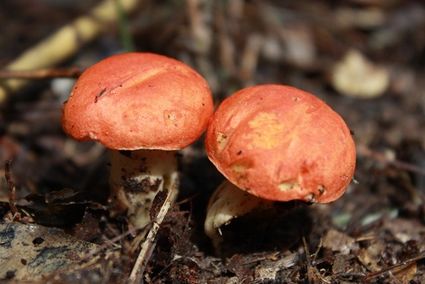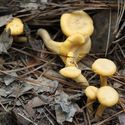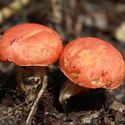Big Thicket National Preserve invites Visitors on a Fungi Foray
Last updated 6/2/2015 at Noon
Big Thicket National Preserve and the Big Thicket Association invite members of the public to be part of a immersive opportunity, as civilian scientists, to participate in fungal research and specimen collection.
Fungi researcher David Lewis will lead a research trip in the Lance Rosier Unit of Big Thicket National Preserve on Saturday, June 13, to collect and document mushroom species.
Participants should meet at the Big Thicket Field Research Station in Saratoga, at 10:00 am with water, a sack lunch, a small container for carrying specimens, paper bags, a small digging tool, and insect repellent.
After the hike, the group will return to the Field Research Station to eat lunch and examine the morning’s finds.
All mushroom specimens collected on this field trip will be identified and deposited in an herbarium.
Mr. Lewis is the president of the Gulf States Mycological Society.
He has discovered mushrooms that are new to science, and several species have been named after him.
This activity is part of the All-Taxa Biodiversity Inventory, a project to identify every species of life within the greater Big Thicket area.
Information gathered from these studies will help the National Park Service and other land management agencies make informed decisions about the lands and waters where we live, work, and recreate, while helping to protect these areas for future generations.
To learn more about this on-going All-Taxa Biodiversity Inventory visit http://www.thicketofdiversity.org.
No reservations or fees are required for this program. For more information, please call the Big Thicket Field Research Station as 936-274-1181.
Big Thicket National Preserve is in southeast Texas, north of Beaumont and 75 miles northeast of Houston. The preserve consists of nine land units and six water corridors encompassing more than 112,000 acres scattered across a 3,500-square-mile area. The Big Thicket, often referred to as a “biological crossroads,” is a transition zone between four distinct vegetation types – the moist eastern hardwood forest, the southwestern desert, the southeastern swamp, and the central prairies. Species from all of these different vegetation types come together in the thicket, exhibiting a variety of vegetation and wildlife that has received national interest.
For general information about Big Thicket National Preserve, visit www.nps.gov/bith or call the preserve visitor center at 409-951-6700.















Reader Comments(0)